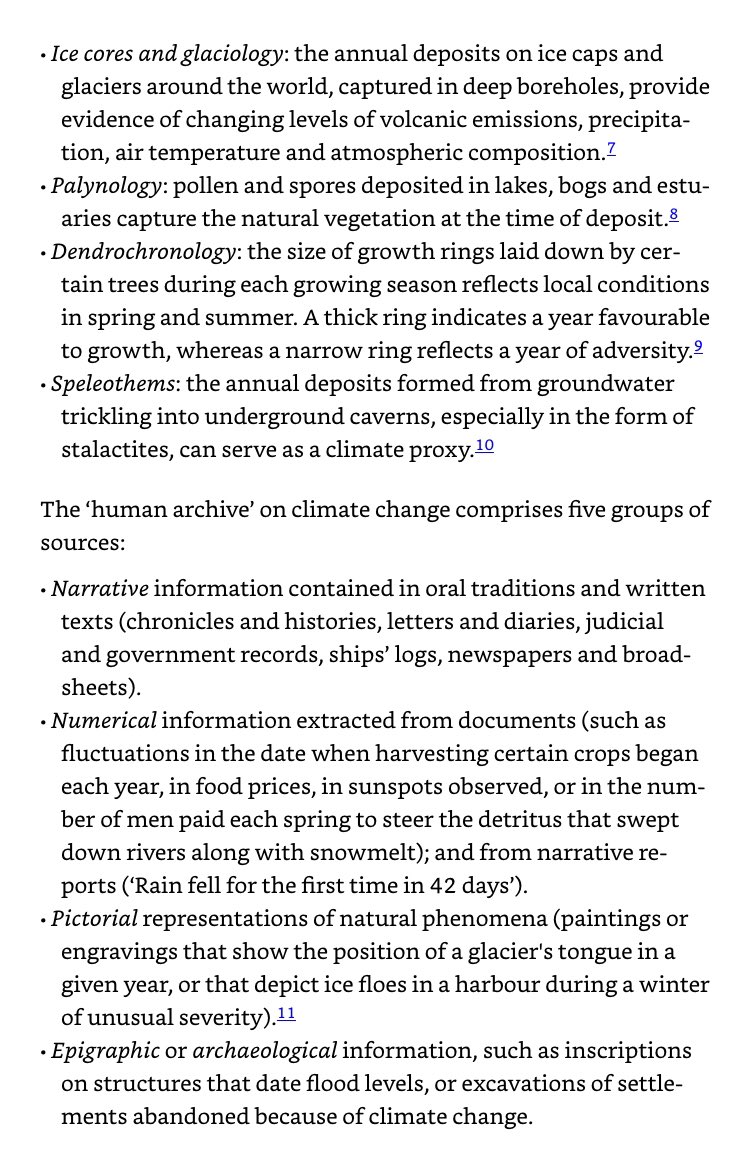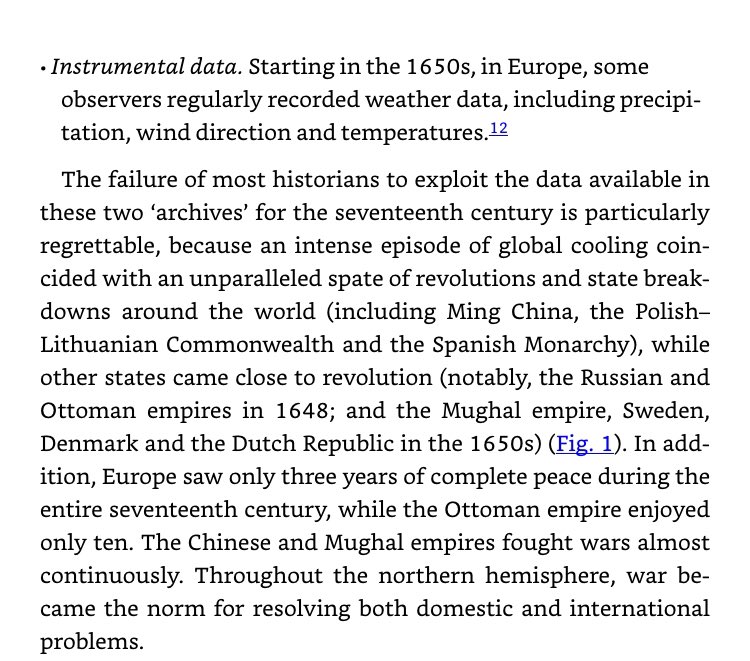
Rulers of Meroe and Napata ruled with divine right, but could be ordered to committee suicide by a powerful priestly class. Their ideology in mid-1st millennium BC was heavily influenced by Egyptians, but changed under Greek influence following the conquests of Alexander. 

Kushites would give control of priesthood of Amun (an Egyptian god) to a daughter of the royal family even after their expulsion from Egypt. Women had an important role in dynastic politics, at least as regents for children. 





The Simbriti were Egyptian refugees in 3rd century BC Kordofan (according to Eratosthenes) and ruled indirectly by Meroe. Kushites were mixing with West Eurasians (probably Egyptians) over a period from 200 BC-600 AD, though possibly earlier too. 







The Kushites ruled Egypt 747-656 BC before their expulsion en.wikipedia.org/wiki/Twenty-fi…
The Nuba overran Meroe at some point before 300 AD, when the Aksumites recorded a successful anti-Nuba campaign in Meroe's old territory. Peoples as far as Cameroon have memories of being taught metalworking by Meroe. 



While the Nuba overran the southern parts of the Meroe realm, it is unknown which group ruled the northern parts prior to rise of Nubia. Egyptian influences persisted. 





Diocletian withdrew Roman troops to 1st Nile Cataract, and had the Nobates migrate from (Kharga?) Oasis to be a shield for Rome against the Blemmyes. It didn't work, Nobates & Blemmyes invaded Egypt together before Romans defeated them. Later the Nobates destroyed the Blemmyes. 



Meroe was a major source of gold for the ancient world, but they had to import copper and silver. Meroe also controlled the trade routes to the eastern African deserts that had other precious stones such as amethyst, carbuncle, hyacinth, chrysolith, & beryl. 

Meroe was connected by trade to groups far to the south in Africa. Meroe's decline coincides with Rome's Crisis of the Third Century - decline in demand from their northern neighbor ruined her merchants & craftsmen. 



• • •
Missing some Tweet in this thread? You can try to
force a refresh





























